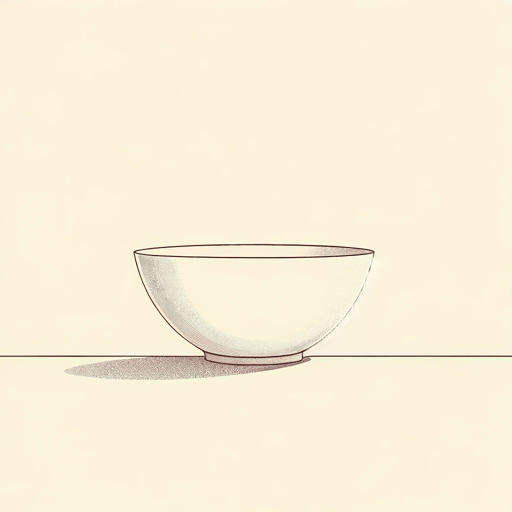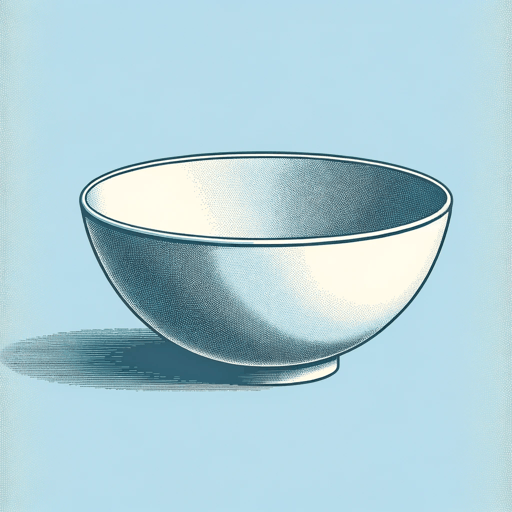24 pages • 48 minutes read
Jane KenyonHaving It Out with Melancholy
Fiction | Poem | Adult | Published in 1992A modern alternative to SparkNotes and CliffsNotes, SuperSummary offers high-quality Study Guides with detailed chapter summaries and analysis of major themes, characters, and more.
Further Reading & Resources
Related Poems
“Lady Lazarus” by Sylvia Plath (1960)
Sylvia Plath’s “Lady Lazarus” remains one of the most influential poems about depression in American literature. Plath helped pioneer Confessional poetry, a literary movement during the 1950s and 1960s. Confessional poets rooted their work in their personal histories and psychological traumas, paving the way for poets like Kenyon to write about their own lives more candidly. The Confessionalist poets favored everyday language, shortening the gap between the poet and their poetic persona as much as possible. Like Kenyon, Plath used religious imagery—specifically Lazarus’s resurrection—to depict her struggle with depression and suicidal thoughts.
“Happiness” by Jane Kenyon (1997)
Kenyon looks at the flip side of her depression in her poem “Happiness.” Depression often manifests as numbness and apathy. As a result, feeling anything comes as a relief. The poem shows which presence leaves when depression stays, making it a mirror to “Having It Out with Depression.” Kenyon personifies happiness as the one “who comes back” (Line 1). Unlike with depression, she feels passionate relief too that she was “not abandoned” (Line 10).
“The Sick Wife” by Jane Kenyon (1996)
Kenyon continued to examine illnesses’ impact on relationships through her poem “The Sick Wife.
Related Titles
By Jane Kenyon
Featured Collections
Guilt
View Collection
Health & Medicine
View Collection
Memory
View Collection
Mental Illness
View Collection
National Suicide Prevention Month
View Collection
Order & Chaos
View Collection
Poetry: Perseverance
View Collection
Short Poems
View Collection
Valentine's Day Reads: The Theme of Love
View Collection




